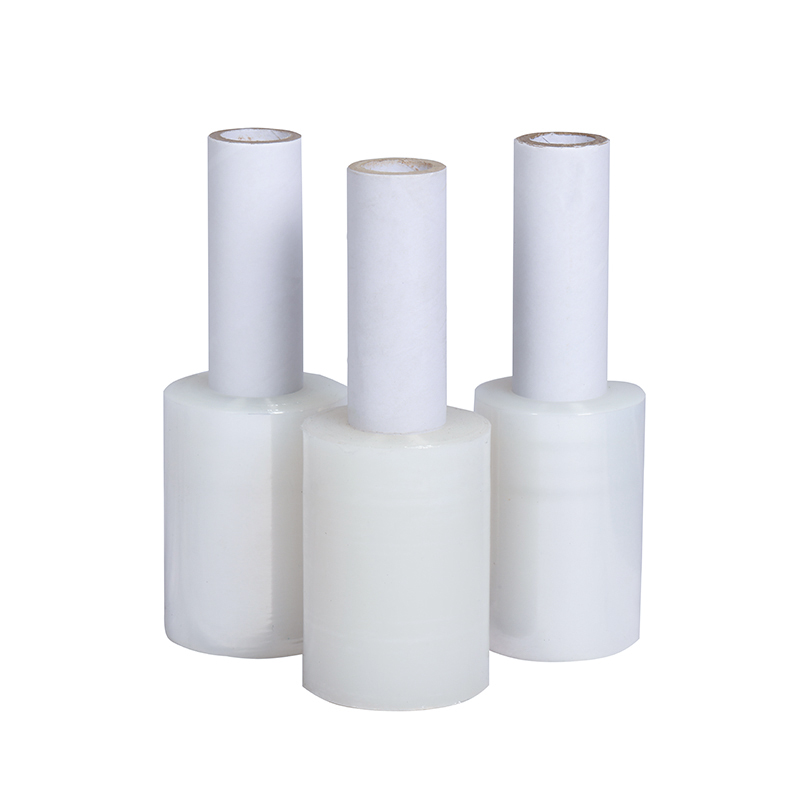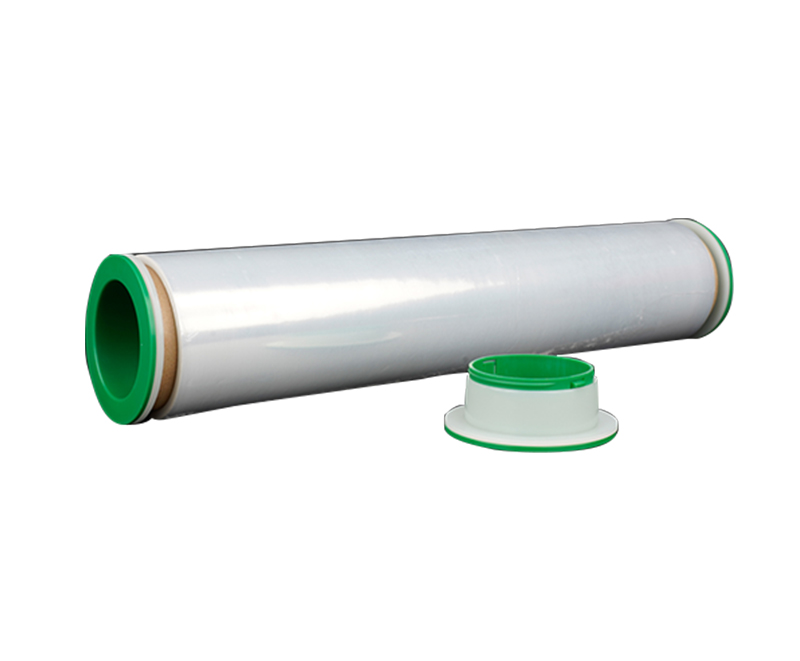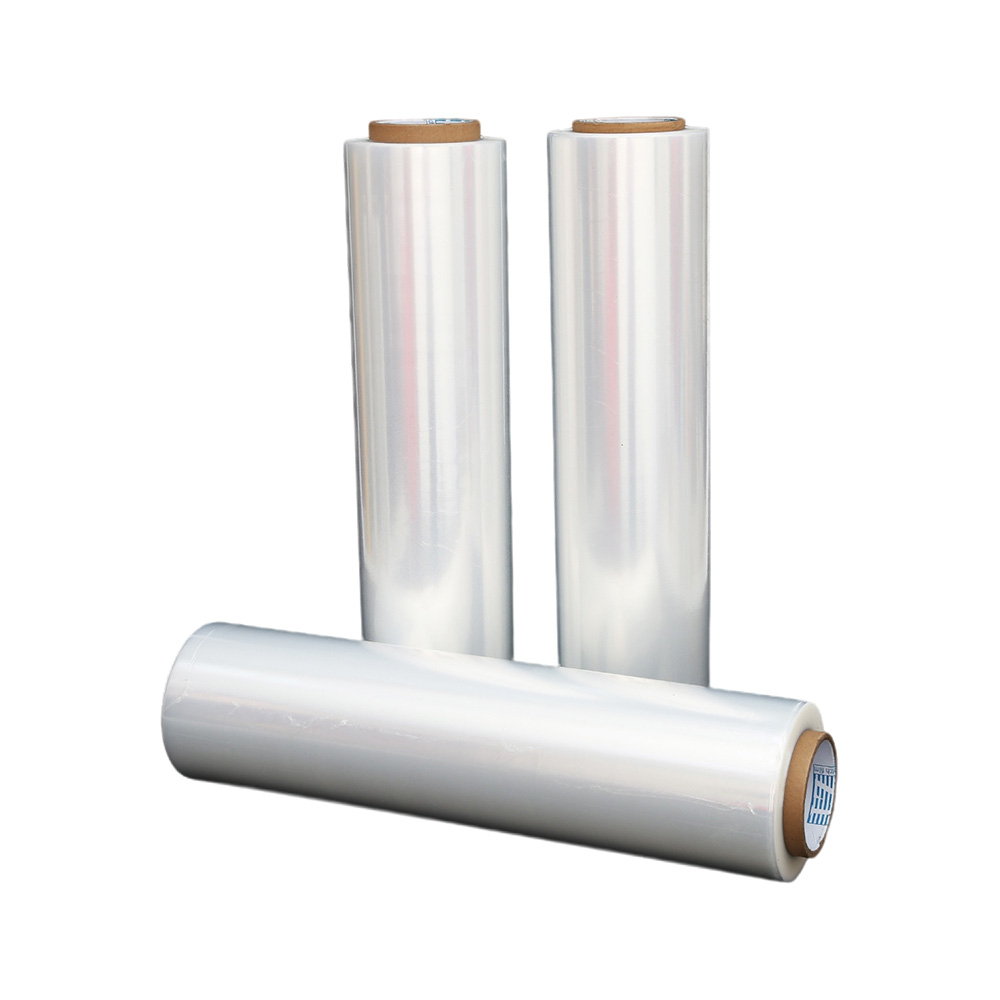Enhancing Performance and Longevity of Electrical Wire Films
Source:Enhancing Performance and Longevity of Electrical Wire FilmsTime:2023-08-30Visitors:
Introduction:
Electrical wire films are pivotal in high-voltage applications, facilitating efficient power transmission across industries. However, these applications pose unique challenges, demanding impeccable performance and extended longevity. This article delves into the realm of novel dielectric insulating materials and their profound impact on enhancing the efficiency and lifespan of electrical wire films.
Dielectric Properties and Their Role:
Dielectric properties are paramount factors influencing the effectiveness of electrical insulating materials. Permittivity, breakdown strength, and loss tangent are vital metrics that dictate the behaviour of electrical wire films. Understanding these properties becomes crucial for selecting suitable materials to endure such conditions in high-voltage scenarios with substantial stresses.
Challenges in High-Voltage Environments:
High-voltage environments are unforgiving, subjecting electrical wire films to intense electrical stress, temperature fluctuations, and moisture exposure. These adversities can lead to gradual performance deterioration and premature failure of conventional insulating materials. To address these challenges, innovative solutions are imperative.
Innovations in Dielectric Insulating Materials:
The quest for improved electrical wire films has led to groundbreaking innovations in dielectric insulating materials. Researchers and manufacturers are exploring nanocomposites, advanced polymers, and robust ceramics. These materials exhibit enhanced dielectric properties, enabling them to withstand the demanding conditions of high-voltage applications.
Impact on Performance and Longevity:
The influence of enhanced dielectric properties on electrical wire film performance is profound. Materials with elevated breakdown strength act as steadfast barriers against electrical breakdown, ensuring uninterrupted power transmission. Additionally, reduced loss tangent translates to lower energy losses, minimizing heat generation and promoting optimal efficiency.
Case Studies and Real-World Applications:
Let's examine real-world applications to grasp the practical significance of these advancements. In electrical wire films, partnerships with reputable manufacturers and suppliers are vital. When seeking top-notch electrical wire films, collaborating with a trusted supplier or factory is paramount.
Consider the case of a significant power distribution project in an industrial setting. The project required electrical wire films that could endure extreme temperatures, high voltages, and constant vibrations. Collaborating with an established electrical wire film supplier, the project was able to source materials with superior dielectric properties. As a result, the electrical wire films demonstrated remarkable performance under rigorous conditions, ensuring uninterrupted power flow and minimizing downtime.
Guidance for Users:
For users embarking on the journey of acquiring electrical wire films for high-voltage applications, a comprehensive approach is essential. It's advisable to work closely with experienced engineers and manufacturers who deeply understand the materials and the application requirements. By evaluating dielectric properties, breakdown strength, and loss tangent in alignment with your project's demands, you can make informed decisions that ensure optimal performance and longevity.
Future Trends and Considerations:
The landscape of electrical wire films is continuously evolving. As technologies progress, the materials used for insulation are expected to undergo further enhancements. Nanotechnology, for instance, holds promise in revolutionizing dielectric materials, allowing for even higher breakdown strengths and lower energy losses. Keeping an eye on these emerging trends can offer a competitive edge and future-proof your high-voltage applications.
Conclusion:
In the intricate world of high-voltage applications, the role of dielectric insulating materials cannot be overstated. Electrical wire films fortified with advanced dielectric properties are the linchpin that ensures seamless power transmission and prolonged operational lifetimes. By aligning with experts, exploring innovative materials, and staying attuned to future trends, you can confidently navigate the intricate landscape of electrical wire films, optimizing performance and bolstering longevity.
Recommended Products
Ranked in the same article
- how to use the stretch film technology to r
- How can we get detailed price list?
- Five common quality problems of PE protecti
- Plastic film degradation
- How to guarantee punctual shipment for our
- Gauge to Micron and Millimetre Conversion G
- What is the difference between stretch film
- Testing the permeability of stretch film
- Stretch film temperature requirements
- Electrical wire film VS electrostatic film
- Why insufficient transparency of stretch w
Latest news articles
- Bundling Stretch Film: Optimize Your Packag
- How to check the quality of PE stretch film
- The Ultimate Guide to Choosing the Right Ma
- How can PE stretch film be cut better?
- Advantages of white engineering film
- Stretch Film Wrap: Unraveling Its Benefits
- The 133rd Spring Canton Fair
- What Properties Ensure Effective Cold Chain
- The significance of using PE electric wire
- What is the Difference Between Magic Tape a
- Factors affecting viscosity of PE stretch f



